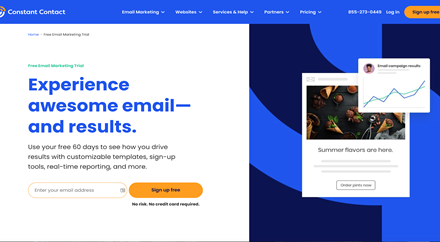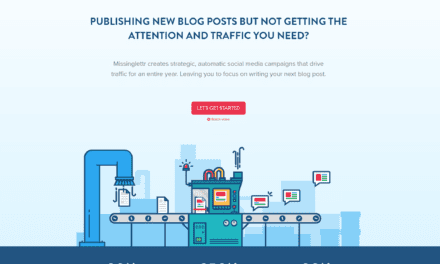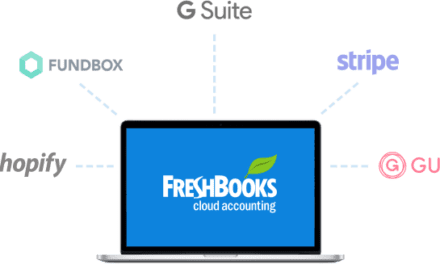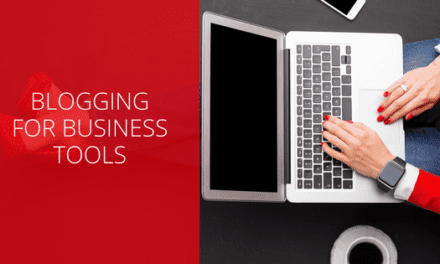Category: Learn Magazine
Welcome to "Learn Magazine" an online magazine dedicated to sharing stories and resources for businesses of all sizes.
Learn Magazine is supported by a team of contributing authors who share their knowledge with the Business Business Business community.
If you would you like to submit an article to Learn Magazine you can do that here
Featured Reads:
Building a Culture of Continuous Innovation
If your company is looking to build an innovative culture, offering continuous learning and professional employee development creates a solid foundation. These tools enhance the reputation of your company, improve employee retention, and make you attractive to the best candidates.
Read MoreThe Path to Success: Secrets of an Accomplished Writing and Directing Career
At the heart of every great writer and director is a powerful message or story they want to share with the world. To succeed, developing a strong voice and a unique perspective is crucial. Take the time to explore your interests, passions, and beliefs. Ask yourself: What stories do I want to tell? What messages do I want to convey? A clear understanding of your artistic vision will guide your creative decisions and help you connect with your audience on a deeper level.
Read MoreBoost B2B Lead Generation with Powerful Cold Email Strategies
Master the art of B2B lead generation using proven cold email strategies. Skyrocket your sales pipeline and transform your business success.
Read MoreAccurately Forecasting Your Cash Flow for the Year Ahead
You’ve probably heard the phrase ‘cash flow is king’ and with tough economic times for many Australian SME’s never has this been more true. Cash flow is what separates a thriving business from one struggling to stay afloat.
It encompasses all revenue generation, operational expenses and investment activities. Businesses that manage their cash flow efficiently ensure more cash is entering the business than leaving it which enables them to grow and expand.
Read More5 Ways to get my Social Media generating leads (without needing ads)
“My social media isn’t working” Is often what I hear. In response I ask, “Is it in your calendar? Do you have a strategy? Do you map it out?” Of which the answer is almost always NO on all accounts. Besides getting your marketing planned and into your calender, Ive created 5 ways you can get leads from social media without spending a dime on paid advertising. Enjoy
Read More5 top tips for attracting the right people to your team
Having the right team is so important for any operation. Having individuals who give a damn, who are keen to learn, who respond well to feedback. Those people who take ownership for their role and free us to focus on growing the business.
Sadly, way too many businesses are settling for people who were never right. People who take your time and sap your energy – who the rest of your team are desperate for you to sort out.
So how do you attract the ‘right’ people to your team? Let’s find out…
How to Build an Online Business in 9 Steps
Starting your own online business is an incredibly exciting yet terrifying endeavor. If you’ve never owned a business before, you are likely confused and unclear about everything that a business launch involves. Here to help you is our guide detailing the nine steps for building an online business.
Read MoreThe Essential Checklist for Launching Your Online Business in Australia
Here’s a guide that not only walks you through each step but also emphasises the importance of protecting your brand right from the start
Read MoreUnveiling the Digital Strategy Behind Perfect Locks Llc’s Success
Priyanka Swamym, CEO of Perfect Locks LLC, shares her expertise on digital strategy: Start with a user-friendly website, use social media for exposure and engagement, employ organic marketing and targeted advertising, analyze data for optimization, utilize email marketing for customer retention, and prioritize consumer feedback for continuous improvement.
Read MoreUnleash Your Job Hunt Mojo: 10 Catchy Tips for Landing Your Dream Job
Essential tips for job seekers to streamline their search. By defining priorities, navigating various job search platforms, and leveraging recruitment specialists, readers can focus their efforts effectively. The article emphasizes getting specific about job preferences and concentrating efforts on selected avenues to increase the likelihood of success in landing the ideal role.
Read More
- 1
- ...
- 2
- 3
- 4
- 5
- 6
- 7
- 8
- 9
- 10
- 11
- 12
- 13
- 14
- 15
- 16
- 17
- 18
- 19
- 20
- 21
- 22
- 23
- 24
- 25
- 26
- 27
- 28
- 29
- 30
- 31
- 32
- 33
- 34
- 35
- 36
- 37
- 38
- 39
- 40
- 41
- 42
- 43
- 44
- 45
- 46
- 47
- 48
- 49
- 50
- 51
- 52
- 53
- 54
- 55
- 56
- 57
- 58
- 59
- 60
- 61
- 62
- 63
- 64
- 65
- 66
- 67
- 68
- 69
- 70
- 71
- 72
- 73
- 74
- 75
- 76
- 77
- 78
- 79
- 80
- 81
- 82
- 83
- 84
- 85
- 86
- 87
- 88
- 89
- 90
- 91
- 92
- 93
- 94
- 95
- 96
- 97
- 98
- 99
- 100
- 101
- 102
- 103
- 104
- 105
- 106
- 107
- 108
- 109
- 110
- 111
- 112
- 113
- 114
- 115
- 116
- 117
- 118
- 119
- 120
- 121
- 122
- 123
- 124
- 125
- 126
- 127
- 128
- 129
- 130
- 131
- 132
- 133
- 134
- 135
- 136
- 137
- 138
- 139
- 140
- 141
- 142
- 143
- 144
- 145
- 146
- 147
- 148
- 149
- 150
- 151
- 152
- 153
- 154
- 155
- 156
- 157
- 158
- 159
- 160
- 161
- 162
- 163
- 164
- 165
- 166
- 167
- 168
- 169
- 170
- 171
- 172
- 173
- 174
- 175
- 176
- 177
- 178
- 179
- 180
- 181
- 182
- 183
- 184
- 185
- 186
- 187
- 188
- 189
- 190
- 191
- 192
- 193
- 194
- 195
- 196
- 197
- 198
- 199
- 200
- 201
- 202
- 203
- 204
- 205
- 206
- 207
- 208
- 209
- 210
- 211
- 212
- 213
- 214
- 215
- 216
- 217
- 218
- 219
- 220
- 221
- 222
- 223
- 224
- 225
- ...
- 226
What's Popular
My Favourite Blogging for Business Tools
I am here in the office working on the Blogging for Business eCourse and filming how to’s on my favourite blogging tools and thought I might put together a quick blog for our Business Business Business community on my favourite blogging tools for business right now! The secret to blogging and blogging often is making the most of the tools available to you to create content and then share it.
Top Rated Articles
Three essential steps to selling your business
You’ve invested your time, money and energy, and now it’s time to reap the reward. When it comes...

























